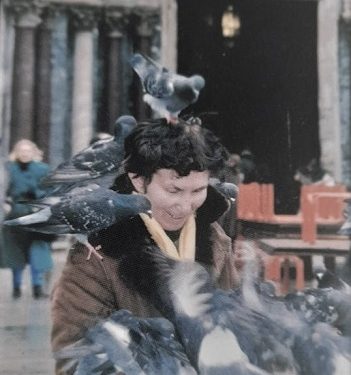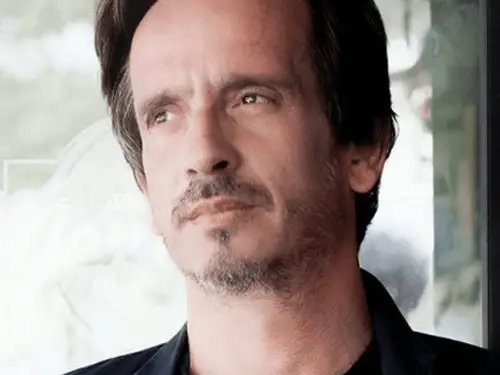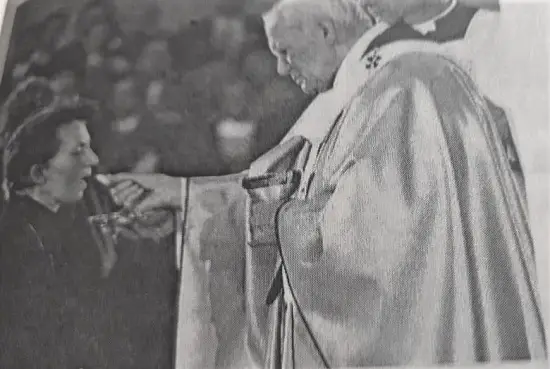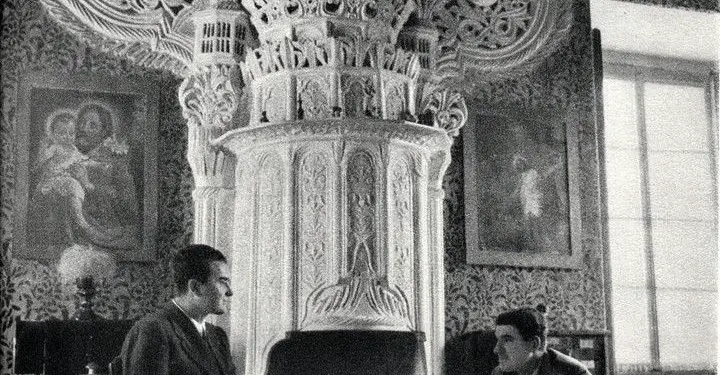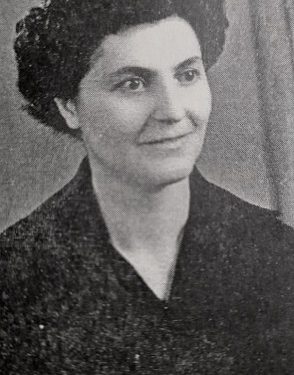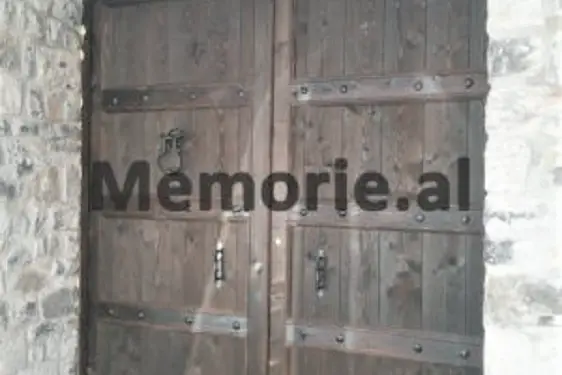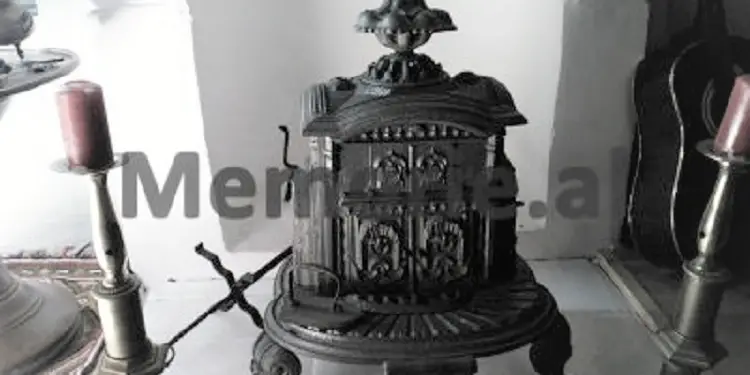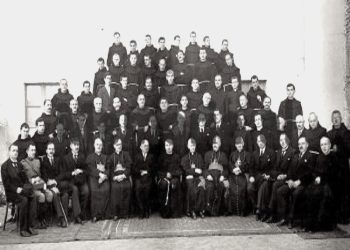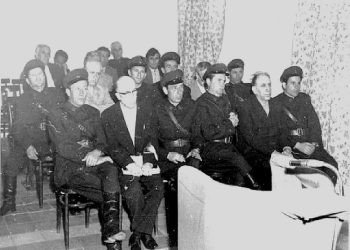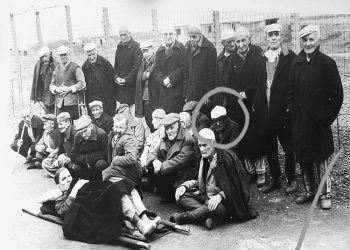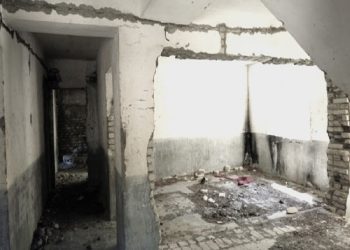By Ben Andoni
Second part
Memorie.al / In the last days of December 2003, Terezina Summa, known as an outstanding cardiologist, in her city of Shkodër, published the book of her life, “The Summa Family”. A story spanning 2 millennia, of one of the oldest families in national history. From this family, many consuls, merchants, clergy, doctors and warriors have emerged. They were among the first merchants in Milan and Shkodër and fighters of the new from time immemorial. There is talk of the well-known Summa Family, whose ancestors are mentioned since the 14th century. Demetrius Summa, their great-great-grandfather baron, defeated the great Stefan Dushan in 1331. After that, they “hide” in history and in the 17th century, they are mentioned as merchants. This family will continue to produce then, without stopping: Diplomats, priests, merchants and doctors. They have close ties with the Popes of Rome and with Albanian heroes like Skanderbeg. Their deeds would cross the continent, as they were attached to the great characters of the time, such as Caresha of Russia; or while leading the uprisings. An 80-year-old daughter of theirs, Terezina Summa, brought their memory to life in the last days of 2003, with an excellent monograph, a writing model for the few remaining Great Albanian families.
Continues from last issue
Mrs. Terezina, in your family, what documents were there about the family history?
“What can I say?! I can’t tell him his side. Only that there are books, correspondence from 1700, that the first doctor of the tribe had, which was Kola Heqimi (Summa). He was the great-grandfather my. We have photocopies of all the letters he wrote since the Vidino war, where he went with the Vizier of Shkodra in 1824-1828 (approximately?).
They are our documents, so what others have said about us. They are written in old Albanian and are counted as the oldest Shkodranche writings. They are letters written clearly and in the Latin alphabet, but an older thread, of course. We have the grandfather’s documents from 1789.”
Summajt, what professions have they applied and practiced the most?
“As for our family, I know that they were writers. But, they went to school and had a very advanced trade. They were among the first traders, who were in Milan. They also had a house there its own and today it is still “Rugga Summaj” in Milan.
Henrik (the brother) went himself and saw him in Milan. There are two main branches of the family. While his father became a doctor, the others had trades. They had a good situation, of course, that they continued the trade”.
Summajt is mentioned in Russia, and in Italy, but where else?
“There are many in Italy. This is possible, because during the time of Turkey many went and there are some of them in Udine, Milan, and Padua. You were more connected to those who gave and received quickly. We also have the latter, those from Angjelin Summa’s channel. He was a democrat and they fled during Fan Noli’s time. When he fell, they fled to Paris.
Initially, Angelini went to Vienna with his whole family and his three children. Then, they were afraid that they would be killed and fled to Paris. He himself died in the Paris metro. It is said accidentally…! He left two sons and a daughter. One died in Barcelona in 1993 and was a doctor; the other Frano, in America and Canada; the girl is in Brussels”.
Who has been the person who has helped you the most for your initiative?
“It was my aunt Lucie Summa. This used to be a house nun. Before, rich families, like ours, were left by a house nun. I grew up under her care. I had a mother who served, but I was connected to many my aunt. I even slept with her. That too had a lot of culture, because they’ve all been to Italy and Venice.
They used to go there all the time. All the former have finished school in Venice and Milan. Some have begun their education in the country among the Jesuits and then continued there. Her stories were beautiful and she helped me a lot with my enterprise.”
What about the other brothers, have they helped you?
“No one. No one helped me. A brother of mine left me some documents. But he died early. He was not married. I made the book in his memory because he enjoyed making it and had the idea”.
How do you see your ancestors in relation to your fellow natives?
“They went all the way to Bishti e Palla with their trade. They activated all the shores of the sea of Albania. They were in Ulcinj. But they also made a village with their name. They also have in Macedonia and have opened much and further. I want to say that they were very cultured and the people loved them a lot.
They were all attentive to his troubles. They have not seen many religious Dasas. When they had parties, everyone was invited without exception. They even had two feasts: for Muslims on Friday and for Catholics on Monday. When it was Friday, they would invite people, to make a feast for them. And they didn’t drive them to parties or anywhere.”
How much do you feel the appreciation of the people of Shkodran for the family?
“When they found out that I was going to publish this book, they told me when you would publish it, they made me ‘nervous’, to do it as soon as possible. Of course, during the time of the Party, I couldn’t do anything. Then, at this time, there were also people who wanted to acquire my book”.
What would you do better, if you were to start from the beginning?
“It seems to me that I have fulfilled all of them. This is my idea. Man is never satisfied and wants more and more to talk and say. I have taken up medicine too much and it is not up to me to do any more too much for this job”.
Did you have a model for its design?
“I didn’t have any model. They are spontaneous things that come by themselves. Even those who advised me said that it is the only book that you are doing…”!
Are you not based on any of the publications of other families?
“No I’m not based on any of them. This is just my book.”
You have hidden for a long time and the talent to write. Will you write again?
“I don’t know. But are you writing to me again?! They ask me on Radio Maria to ask me some questions about Medicine. They also told me to give some lectures. I myself told them that it’s not nice like that. It would be better with questions. For two days I have collected some materials, with what they are looking for”.
What does Terezina Summa do during the day?
“I am not at all satisfied with what I know. I always want to know something new. Even books don’t always work for me, that am why I look at new books, watch a lot of TV, and listen to the radio and other news.”
What do you still have to publish?
“I have my diary. But, it’s all personal things. I’ll prepare it, but it takes time… (Laughs) But, you know, it’s taken care of, my affairs, people”
Where do the Summa beetles live today?
They live in the house of Angjelin Agostin Summa, their ancestors.
Terezina describes the house where she lives:
“It is located in Arra e Madhe, opposite the School “Martyrs of Pristina”. The heirs of this youngest son of Agostin Suma, Angjelin, are: Agostini, Terezina, Gjysepina and Enriku. This island was reconstructed 35 years ago to adapt to the times.
However, every beautiful thing of ancient artistic value was carefully guarded and arranged where it belonged. The patio door is large, well made of wood, strong and with two flaps, the frame is beautifully made. There is a tiled roof. As soon as the door is opened, the impression of an endless space of light envelopes me (because the yard is very large).
To the left are the trees and it looks like entering a forest. To the right, towards the house, is a relatively long road with light and the scent of roses on its two sides. From the strong light, we pass into the darkness of the shemshirs, which replace the dandelions on both sides of the street. This attractive corridor is almost ten meters long.
Just before I got home, we came out into the light again. On the left, there is an old well, which has since become a square. Next to him stands a magnificent barrel for olive oil with a capacity of nearly one hundred liters. This pipe is an artistic masterpiece, with the lid’s eyeballs decorated in the shape of a snail. It is really very big and very difficult to move.
Next to this pipe is the mouth of the very ancient well, a piece carved in stone and with some simple symmetrical ornaments. Near the house, around it, and especially at the entrance, there are all kinds of trees and flowers. There is also a large stone trough. Beautifully crafted stone arches, iron and stone rings of different dimensions, etc. As soon as you enter the house, you see a statue of a child in white marble, we worked very well.
This entrance also has a round mirror on the wall, with Greek and Roman moldings placed here and there. When you climb thirteen steps, the big cardak opens. On the left front, there is a large, very high mirror, which almost reaches the ceiling, decorated with plaster ornaments: flowers, toys, etc., and on the upper front is the figure of a man with a lari crown.
This mirror has been inherited since the 17th century, it is functional and very little dated. In the cardak there is also a large porcelain chandelier with candles, about four shelves on the wall, with lids made by artisans of my choice. They speak of several generations, there are window covers, and brides’ chest covers: from the oldest one with laces and birds to those of the goat and the goat.
There are also beautifully crafted mountain cradles. If we enter the living room, we somehow enter the family’s personal museum. There are the portrait paintings of the painter Delacroix, which present Agostin Suma in national costume, Gjon Muzhanin, Tereza Suma (Biankun), etc.”
Their genealogy (very abridged)
Demetrius Summa-In 1331 he was recognized as a noble of Shirgji with the title of baron.
Summa Cough. In the year 1600, he is mentioned as a good and wealthy merchant of the city of Shkodra, Ulcinj and its surroundings.
From this came Jakë Kolë Summa (16th century-diplomat). From Jak came Mark Jak Summa (merchant).
Mark left three sons: Jak Mark Summen (consul of Venice-1796), Andrean with three sons and one daughter (Antonin, Palin and Pjetrin) and Kolë Mark Summen (Doctor of Bushatlli 1765-1832).
Dr. Kole Summa left Gjon, Agostin and Francesku and a daughter Rozen. The boys went to the Higher Commercial Institute in Milan.
From Gjon Kolë Summa (Trader in Italy) came Nikola. This was British consul until 1917 in Shkodër. He left five sons and three daughters (Vitoren, Pina, Enmil, Luigji, Ernesti, Loro and Gjoni.
Eight heirs came from Agostin Kolë Summa: Ninia, Lucija, Zef, Cina, Filip, Jak, Pina and Angjelin.
From Francesk Kolë Summa came six heirs Karlo, Gasprin, Danin, Lizen, Tonin and Marine.
The only Summaj (Catholics) with their name are the sterniper of Kola. By Angjelin Agostin Summa, she is also the author of the book. While her brother, Henrik, has given the names of his ancestors Agustin and Angelini, his sons and the new Summais, of the third millennium. Memorie.al




